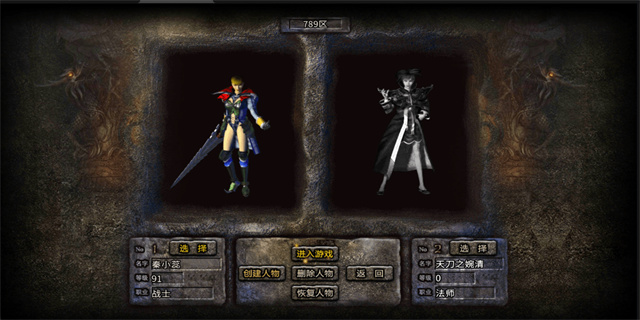rhyme(The Beauty of Rhyme)
The Beauty of Rhyme
Introduction: The Melodious Language
Rhyme is a timeless poetic technique that adds beauty and musicality to language. It is characterized by the repetition of similar sounds at the end of lines or within a verse. Rhyme, when employed skillfully, can enhance the message of a poem, engage the reader's emotions, and create a captivating rhythm. In this article, we will explore the art of rhyme, its various types, and its importance in creating impactful poetry.

Type 1: End Rhyme - Echoes at the Close
End rhyme is the most commonly used type of rhyme, in which the similar sounds occur at the ends of lines. This creates a natural musicality and rhythm that can please the ear. Consider the following lines from Shakespeare's sonnet 18:

\"Shall I compare thee to a summer's day?
Thou art more lovely and more temperate.\"
In these lines, the words \"day\" and \"temperate\" rhyme, bringing a harmonious quality to the verse. The use of end rhyme creates a satisfying and memorable experience for the reader or listener. It helps to unify the poem and contribute to its overall meaning.
Type 2: Internal Rhyme - Hidden Gems within the Verse
Internal rhyme occurs when the similar sounds are found within a single line of poetry. It adds a layer of complexity and intrigue to the verse. Consider the following example from Edgar Allan Poe's \"The Raven\":
\"Once upon a midnight dreary, while I pondered, weak and weary.\"
In this line, the internal rhyme between \"dreary\" and \"weary\" creates a stark sense of melancholy and exhaustion. It adds depth and emotion to the overall message of the poem. Internal rhyme can enhance the impact of specific words or phrases and create a stronger connection between the lines.
Type 3: Slant Rhyme - Harmonizing Imperfectly
Slant rhyme, also known as near rhyme or half rhyme, is a type of rhyme that uses similar but not identical sounds. It creates a subtle and unique effect, allowing poets to expand their creativity. Emily Dickinson frequently employed slant rhyme in her poetry. In her poem \"Hope is the thing with feathers,\" she writes:
\"And sweetest – in the Gale – is heard –
And sore must be the storm –
That could abash the little Bird
That kept so many warm –\"
In this extract, the words \"heard\" and \"Bird\" have similar sounds but are not a perfect rhyme. This intentional use of slant rhyme adds an unexpected harmony to the poem, making the language more interesting and creating a tension between the sounds and meanings.
The Impact of Rhyme in Poetry
Rhyme plays a vital role in creating impactful poetry. It adds a musical quality, engages the reader's senses, and helps to convey emotions and ideas more effectively. Rhyme can create a distinct rhythm, guiding the reader through the poem and enhancing the overall reading experience. It also aids in memorization, making poetry more unforgettable.
Moreover, rhyme contributes to the aesthetic appeal of a poem. It adds a pleasing symmetry and structure to the words, enhancing their impact. When combined with other poetic devices such as metaphor or alliteration, rhyme can create a powerful and evocative piece of literature.
Conclusion: The Enduring Charm of Rhyme
In poetry, rhyme is a timeless technique that captivates readers and evokes powerful emotions. Whether it is end rhyme, internal rhyme, or slant rhyme, the use of these rhythmic patterns adds beauty and musicality to the language. Rhyme has the power to create a harmonious connection between words, enhance the message of a poem, and transport the reader to another realm. So, let us continue to appreciate and celebrate the enduring charm of rhyme in the realm of poetry.
Memcached: A High-Performance Distributed Memory Object Cach
2023-12-27

















